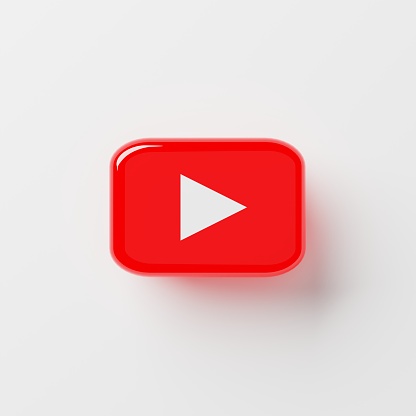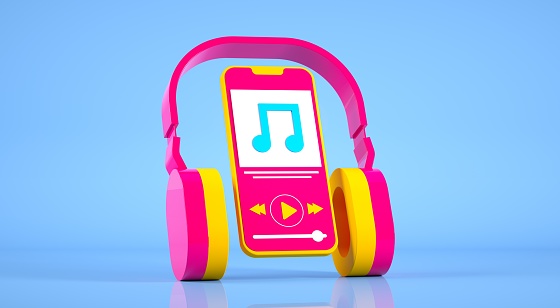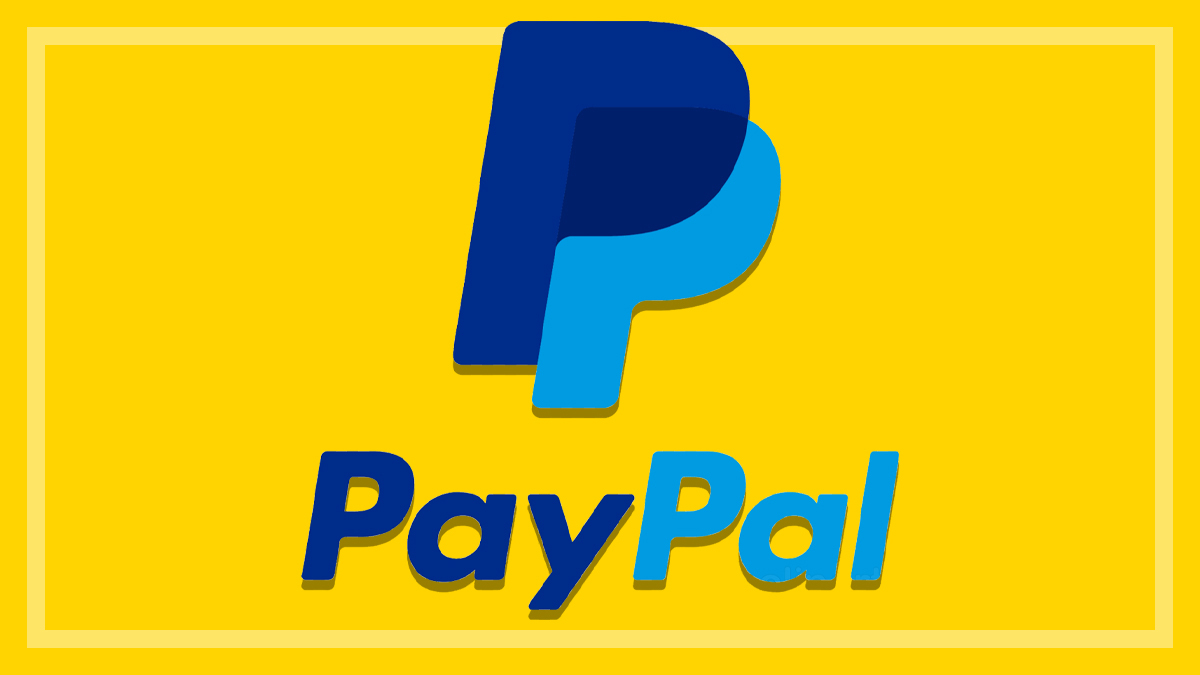How to plan seasonal content for next calendar year
Evergreen content can help you get more views on past videos, but seasonal content ensures you channel stays relevant. Timely video ideas are more likely to jump on what viewers are searching for in the moment. Therefore, they can give you a boost in views.
Here’s how to plan seasonal content for the next calendar year.
1. Go through the annual calendar and choose the holidays or events you want to focus on.
Most seasonal content is based around a holiday, so go through the calendar and choose the ones you want to focus on. You may choose popular secular holidays like Valentine’s Day, or you could go with regional holidays. It’s best to choose holidays you celebrate personally so that your content remains genuine.
You could choose events as well. For example, you might treat a convention as a holiday because of all the collabs and vlogs you can plan around it. Other events may be a major music festival, your channel anniversary, or a trip you have planned. If you want to go broader, then you might choose the first day of school or summer vacation in general.
2. Divide the year into seasons based on those holidays.
Now that you have your holidays picked out, it’s time to break the year down into seasons. These will be your own assigned seasons, not the basic fall, winter, summer, and spring. Rather, it will be the period during which you celebrate certain holidays and events on your channel.
Not every season will be the same length. Depending on the holiday, each one could be several months or a single day. Use your best judgment to determine your timelines. If the holiday is commercially celebrated, think about when the decorations start to appear in stores.
3. Brainstorm video ideas that fit with those seasons.
Next, brainstorm a list of video ideas to fit into each of those seasons. Be creative, but try to keep your ideas realistic. Keep in mind that you’ll still be creating evergreen content as well.
Don’t leave out classic ideas that do well every year, such as gift guides for the winter holidays or DIYs for back-to-school. You should also focus on ideas that would be easy to recreate for different seasons, such as style look books or thematic life hack tests.
4. Map out the production schedules for each video.
Once you’ve narrowed down the video ideas you want to focus on, map out their production schedules. Start by estimating how long it will take for you to produce, film, and edit each video. Account for factors that may increase your production time, such as waiting for products for reviews to ship.
Then, move those schedules to your calendar. Use your upload schedule as an anchor point. Make note of any overlap in production, especially if it conflicts with evergreen content you already have planned.
5. Fine-tune your plan based on a feasible timeline and budget.
Finally, use those overlaps to consolidate your production schedules. Determine where you could combine filming days or editing sessions. Prioritize the video ideas you think will generate the most views and, therefore, the most revenue.
As you fine-tune your content schedule, also keep your budget in mind. Even if you have the time to work on this amazing video idea, are you going to have the funds to execute it well? It’s best to work off your current budget than to project how much you’ll be earning in the future.
Once your seasonal content schedule is complete, combine it with your evergreen content schedule. Remember to give yourself breaks and days off so that you can avoid burnout and keep doing what you love.
Related Posts



















